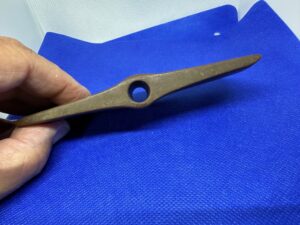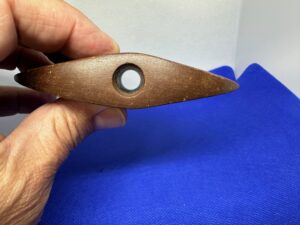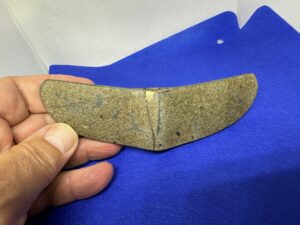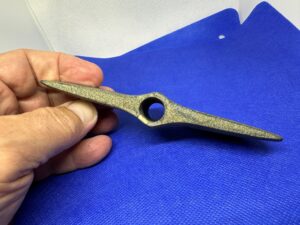Bannerstone Collections
Click on any of the items below to have a closer look! Contact us with any questions.

More Collections To View
Articles For You
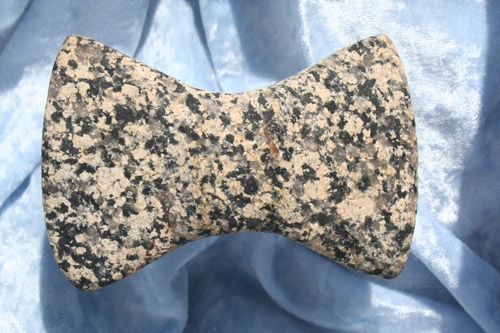
What is a Bannerstone?
What is a bannerstone? A bannerstone is a small stone artifact that has been found at archaeological sites around the world. These artifacts are typically made of stone, such as flint or slate, and are often intricately carved or shaped. The exact purpose of bannerstones is still a subject of debate among archaeologists, as there is limited evidence to suggest their specific function. However, they are believed to have held some significance in ancient cultures, possibly as ceremonial or symbolic objects. The study of bannerstones provides valuable insights into the beliefs and practices of ancient civilizations, and continues to intrigue archaeologists and historians alike. The significance of bannerstones in archaeology. Bannerstones hold great significance in the field of archaeology as they provide valuable insights into the beliefs and practices of ancient civilizations. While the exact purpose of these small stone artifacts is still debated among experts, they are believed to have had ceremonial or symbolic importance. The intricate carvings and shapes of bannerstones suggest that they were not simply utilitarian tools, but rather objects of cultural significance. By studying bannerstones, archaeologists are able to gain a deeper understanding of the ancient cultures that created them and the rituals or ceremonies
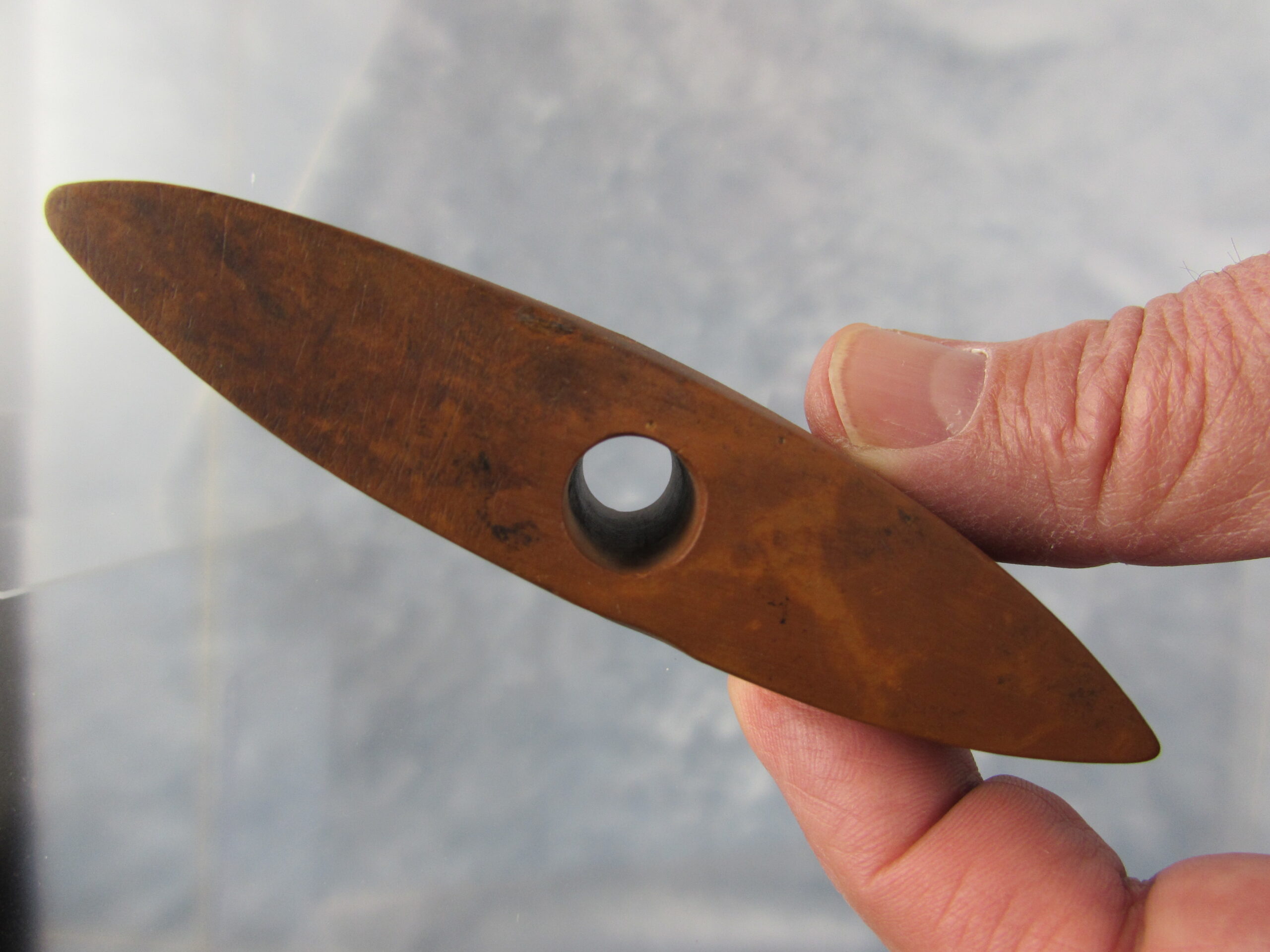
A Beginner’s Guide to Bannerstones and Their History
What are bannerstones? Bannerstones are small, usually flat, stone artifacts that were created by ancient cultures. They are typically carved into unique shapes and often feature intricate designs. The exact purpose of bannerstones is still debated among archaeologists, but they are believed to have had ceremonial or symbolic significance. They were often attached to spears or other weapons, and their presence in burial sites suggests that they may have held spiritual or ritualistic importance. The study of bannerstones provides valuable insights into the beliefs and practices of ancient civilizations. The origins and history of bannerstones. The origins of bannerstones can be traced back to ancient cultures, with the earliest known examples dating back thousands of years. They were primarily found in North America, particularly in regions inhabited by Native American tribes. The exact techniques used to create bannerstones are still not fully understood, but it is believed that they were carved using stone tools and abrasive materials. Bannerstones were not just decorative objects; they held great cultural and historical significance. They were often associated with hunting and warfare, as they were commonly attached to spears or other weapons. The unique shapes and designs of bannerstones suggest that they may have
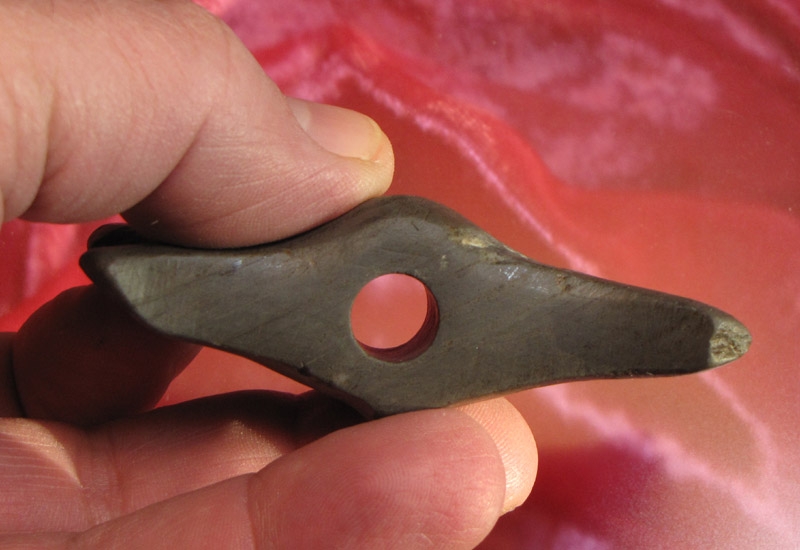
Introduction to Bannerstones
by: Charlie Wagers, Fairfield, Ohio This issue of Prehistoric American is dedicated to the bannerstone, a prehistoric artform which captures the imagination and love of most all artifact collectors. The bannerstone probably comes in a wider variety of forms and materials than any other prehistoric artifact type. They are found made from the most beautiful quartz to the most drab sandstone. Their from aries from their highly-developed double crescent to examples that are little more that a drilled pebble. From the number of salvaged examples and reworked froms, they were undoubtedly highly regarded by their owners. Speculation has bounced around for years on what was their actual use. Moore was convinced that the examples found along the Green River in Kentucky were net spacers and that the hooks often found with them were hooks used in the manufacture of nets. Dr. W. S. Webb spoofed at this theory claiming they were spear thrower or atal atal weights. He based his theories upon excavations at Indian Knoll in Ohio County, Kentucky. It is interesting to note here that there was an example found at Indian Knoll which was a beautiful quartz saddle form on a necklace of shell beads. In this issue, Bill




